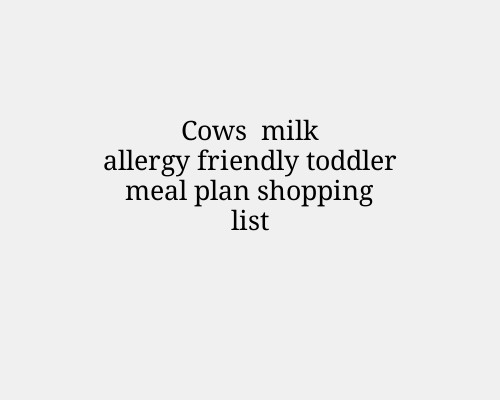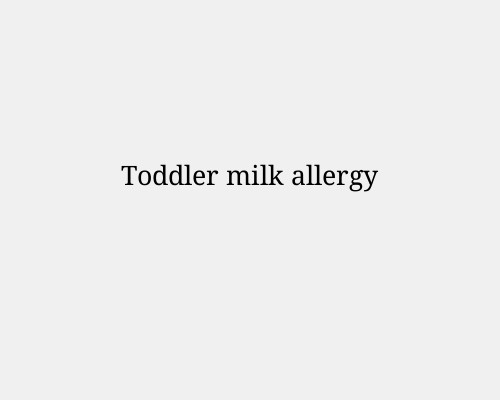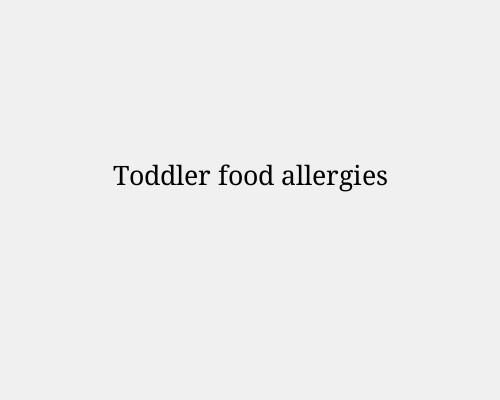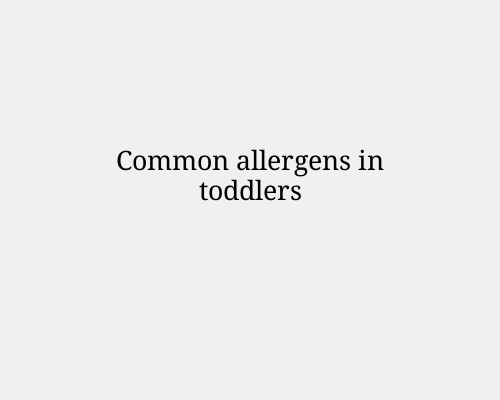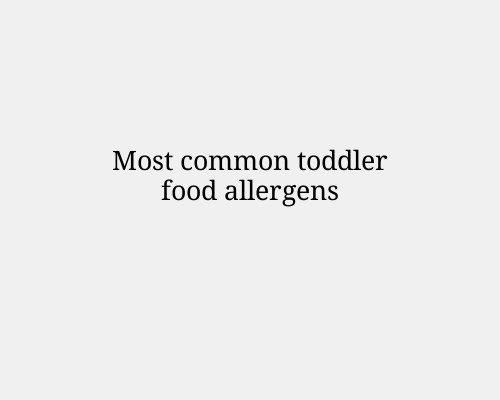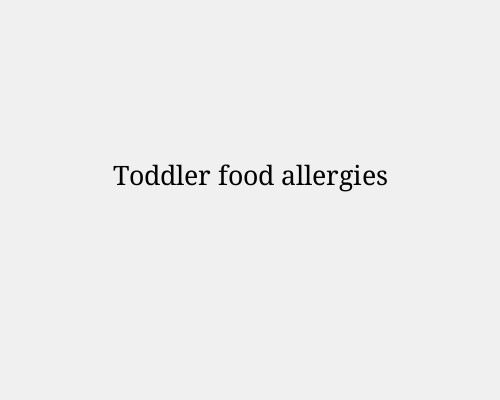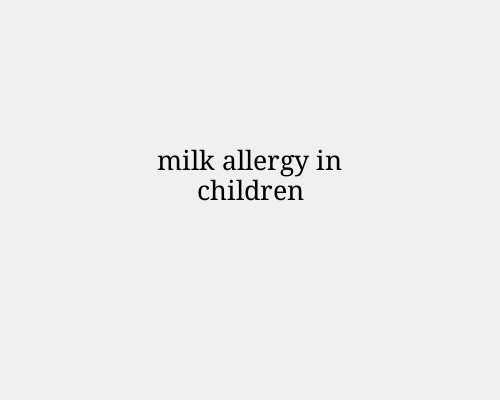 Microsoft Word – milk allergy in children.docx
Microsoft Word – milk allergy in children.docxHere's a clear, evidence-based overview of milk allergy in children – what it is, how to spot it, and how to manage it safely:
What Is Milk Allergy?
A milk allergy is when a child’s immune system mistakenly identifies proteins in milk—primarily casein and whey—as harmful, triggering a defensive response that can affect the skin, gastrointestinal tract, respiratory system, or even the cardiovascular. This differs from lactose intolerance, which is due to enzyme deficiency rather than an immune response.
Milk allergy is one of the most common food allergies in infants and young children. Prevalence is around 2–3% under age 1–3 (. In South Africa, estimates range between 2–7.5% in infants.
Signs & Symptoms
Symptoms can appear quickly—within minutes to two hours—or manifest later, depending on whether the reaction is IgE-mediated or not.
Immediate Reactions (IgE-mediated):
Skin: Hives, swelling, itching, eczema flare-ups (common in ~90%)
Respiratory: Wheezing, coughing, throat tightness, trouble
Eyes/Nose: Redness, tearing, sneezing
GI: Vomiting, diarrhoea, nausea, cramps
Severe: Drop in blood pressure, dizziness, loss of consciousness (anaphylaxis)
Delayed or Non-IgE Reactions (e.g. FPIES):
Occur hours later: vomiting, diarrhoea, abdominal pain, blood or mucus in stool, lethargy, poor feeding.
In Food Protein-Induced Enterocolitis Syndrome (FPIES), a severe non-IgE reaction, common triggers include cow’s milk—and symptoms usually resolve by around age 5.
Diagnosis
Medical History & Clinical Observation — symptom patterns and timing are key.
Skin Prick Test (SPT) or Blood IgE Test — useful for immediate reactions.
Elimination Diet and Oral Food Challenge — often the most reliable method, especially for non-IgE or delayed reactions, conducted under medical supervision.
Management & Treatment Avoidance:
Strict elimination of cow’s milk and dairy products is essential, including hidden sources like casein, whey, and “lact” prefixes in foods.
Many children are also sensitive to other animal milks like goat or sheep.
Alternative Nutrition:
Infants: Hypoallergenic formulas—extensively hydrolysed or amino acid-based—are recommended. Soy formulas may cause cross-reactivity in ~10–15% of cases.
Breastfed Babies: Nursing mothers may need to eliminate dairy from their diet (with guidance to maintain adequate nutrition).
Older Children: Safe alternatives include fortified soy, rice, oat, or nut milks, with guidance on calcium and vitamin D intake.
Nutritional Monitoring:
Children on dairy-free diets need careful monitoring and support from dietitians to avoid deficiencies in calcium, vitamin D, and riboflavin.
Emergency Preparedness:
An epinephrine auto-injector (EpiPen) should be available for any child with a history of severe reactions. Parents and caregivers must have an allergy action plan and know when to use epinephrine (e.g., symptoms affecting two systems or respiratory/cardiovascular signs).
Prognosis and Outgrowing the Allergy
Most children eventually outgrow milk allergies:
Around 60% by age 4 and 80% by age 6.
Other studies show 19% by age 4, 42% by 8, 64% by 12, and 79% by 16.
Predictors of persistence include high milk-specific IgE levels, strong skin-test reactions, history of anaphylaxis, and inability to tolerate baked-milk products.
Re-evaluation (e.g., via food challenge) may be attempted periodically under doctor supervision.
Summary Table
Aspect Details
Prevalence ~2–7.5% in infants; most cases outgrow by age 6–10 Allergic Mechanisms IgE-mediated (immediate) & non-IgE (delayed, e.g., FPIES) Symptoms Skin, respiratory, GI, systemic (anaphylaxis)
Diagnostic Tools History, skin prick/blood IgE, elimination diet, oral food challenge Management Avoidance, hypoallergenic formulas, dietary substitutes, emergency planning Prognosis Good—majority develop tolerance by childhood; monitor periodically
Final Thoughts
If you suspect your child has a milk allergy:
Speak to your paediatrician or allergist for appropriate testing and guidance.
Always have an action plan and epinephrine available if your child has had or is at risk for severe reactions.
Work with a dietitian to ensure your child receives balanced nutrition without milk.
